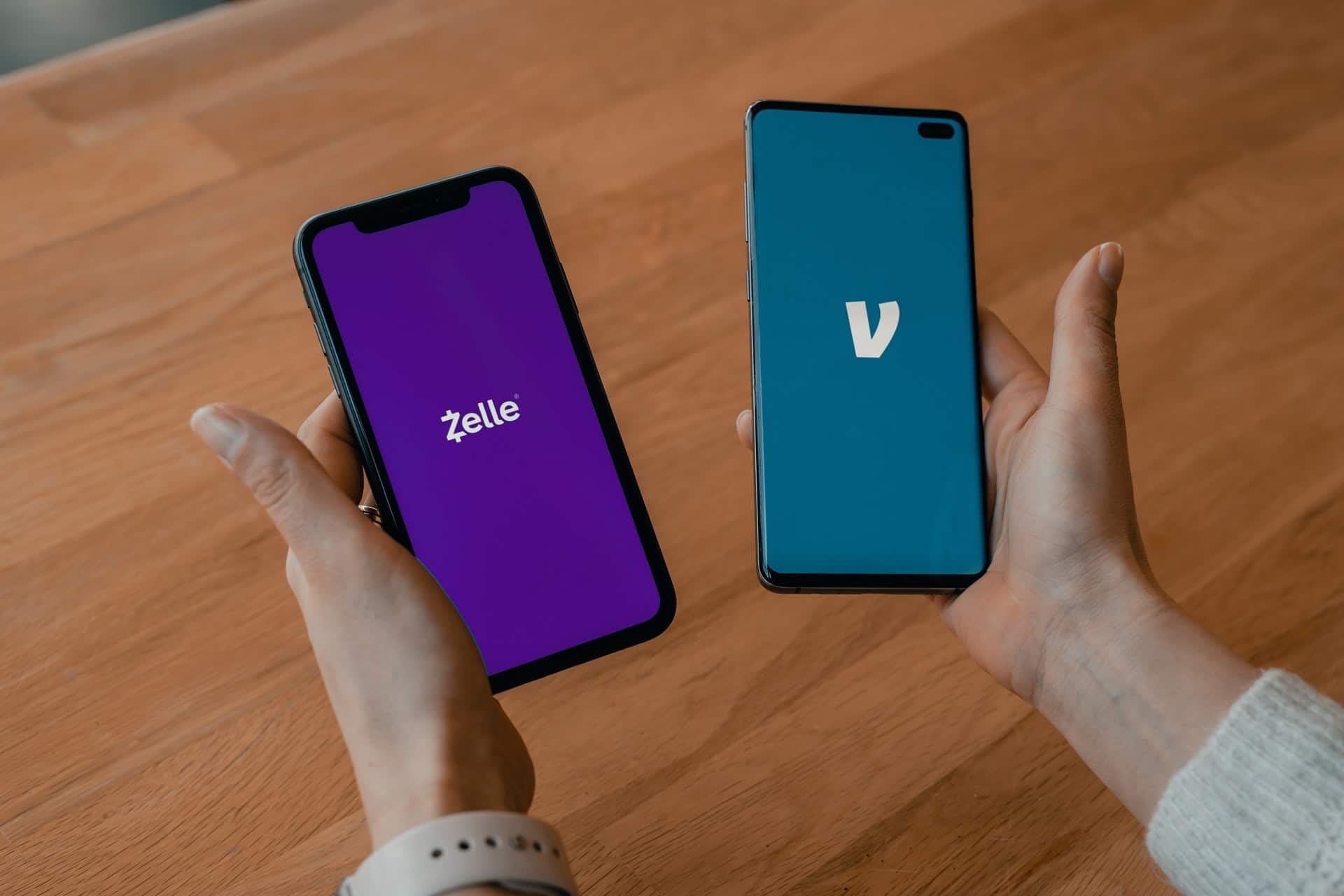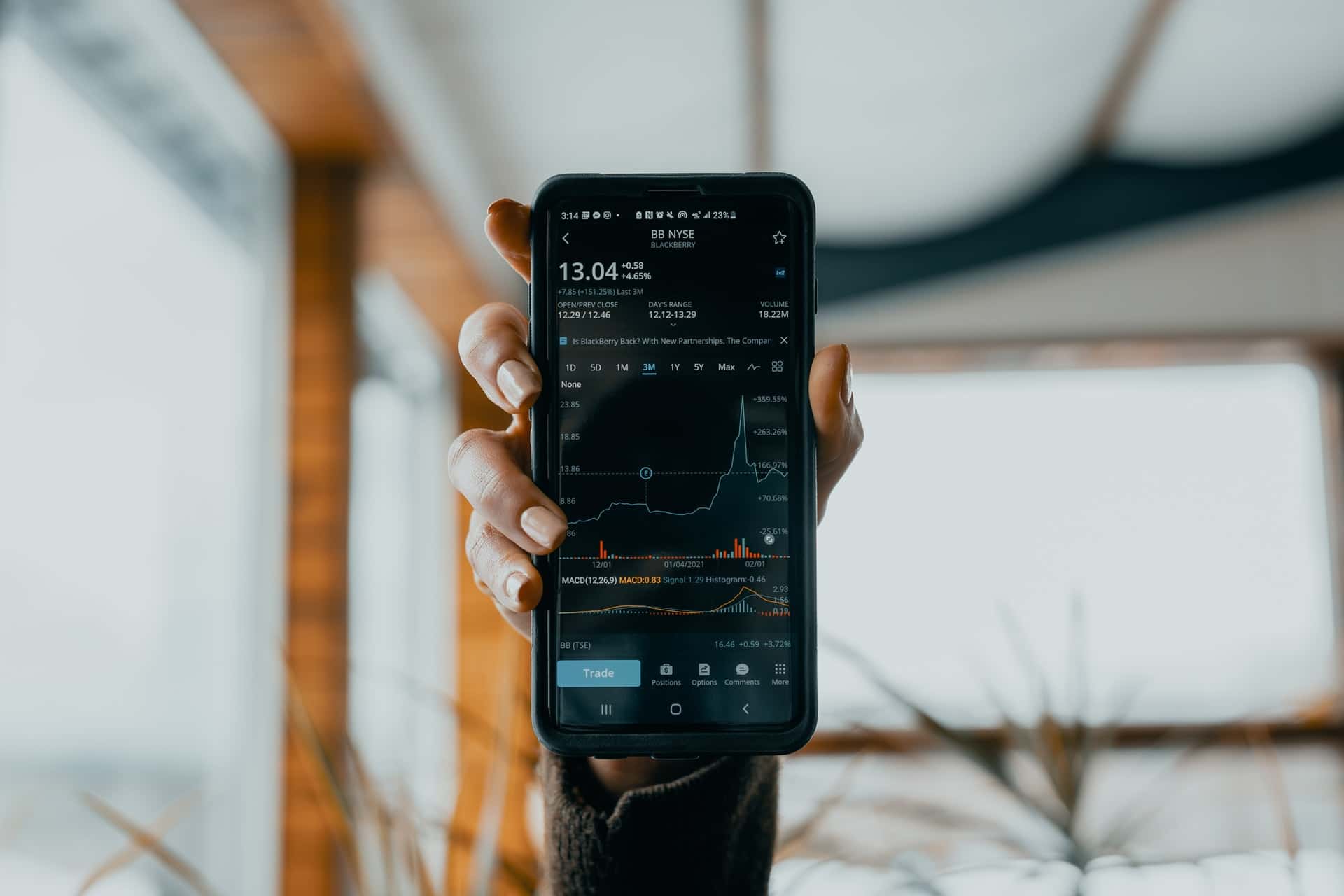Investment explained
What’s it all about?
An investment fund is a collection of different investments managed by a fund manager to make money for the people who invest in it.
Investment funds include assets like stocks and bonds.
Why should you care?
There’s a lot of jargon with investment funds, not to mention lots of types, categories and investment styles to choose from. If deciding where to invest feels daunting, knowledge is power.
Investment funds provide you with access to a broader mix of assets and tend to have lower fees than you’d pay if you bought all those assets yourself.
What will you learn?
In this pack, you’ll learn about the different types of investment funds, how they work, and what to consider if you want to get in on the action.
What are investment funds?
Investment funds are a pool of money that individual investors contribute to. The fund manager then invests that money into assets, with the goal of making money for the investors.
The fund manager can be a real person, or the management process can be automated. (We’ll explain more on this later.)
When you invest in a fund, you indirectly own the assets of the fund, which entitles you to a share of the profits, such as interest or dividends.
Investment funds can give you a wider mix of investment opportunities, better management expertise, and lower fees compared to doing it all yourself.
Whatever the investment fund, the big idea for growing your money is compounding. This means that when your initial investment makes money, it goes back into the pot and can make more money for you. For example, if you had £10,000 in an investment fund and it generated an annual return of 5%, by the end of year one you would have earned £500. By year two, your now £10,500 will have made £525. In year three, you would have made £551.25 and so on. By year 20, you would have a pot of just over £26,500. That’s £16,500 more than your initial investment with no additional contributions.
Finding it hard to keep track of all these unfamiliar terms and concepts? Take a look at our jargon buster.
The investment funds you are most likely to come across are:
You may also have heard of hedge funds or private equity funds, but they are typically not available to the general public.
Unit trusts and OEICs are ‘open-ended’ funds. This means they can grow or shrink depending on the number of investors who wish to buy into them. As more people invest in the fund, the number of underlying shares grows; as they sell, the number reduces. For most investors, the difference between unit trusts and OEICs isn’t significant. You may hear them being referred to as mutual funds, but this is more of a US term.
ETFs are like unit trusts and OEICs except that they act like a share themselves, which means you can openly trade them on a stock exchange such as the FTSE 100. Most ETFs aim to perform in-line with a specific index (like the FTSE 100), industries or markets, and often have low management fees. This means that if the market or industry does well, your fund will too.
Investment trusts also have a portfolio of assets but are described as ‘closed-ended’ because they have a fixed number of shares that investors can buy into, unlike open-ended structures. Investment trusts are public limited companies (PLCs) that you can buy and sell on a stock exchange. Since they are listed, their prices are affected by supply and demand of the investment trust shares.
So a fund can be open-ended, which means the number of underlying shares grows if more people want to invest in it. Or it can be close-ended, which means the number of shares stays the same. Shares of some funds are traded on the stock exchange (such as ETFs and investment trust). For others, you’ll have to wait until the end of the trading day, which makes them harder to buy and sell based on what’s happening in the market.
You can classify funds by their underlying assets, such as stocks or equity funds, bond or fixed-income funds, and money market funds. You can find out more about asset classes in Assets Unpacked. Funds can also be classified by how they are managed.
Pensions and stocks and shares ISAs include any of these types of investment funds.
In this pack, whatever the fund, we will focus on how they’re structured and managed. This will help you understand what a fund could do for you.
How do investment funds work?
Funds are made up of underlying assets that can include:
The mix of assets in a fund’s portfolio will depend on its investment objectives. For example, a high-risk, high reward portfolio may have 80% stocks and shares, which are much more likely to experience highs and lows, and 20% bonds, which offer stability.
Whatever the type of fund, they are constructed with different types of assets with varying allocations.
Active or passive management
Portfolio managers, fund managers, or a team of analysts look after the portfolio of an actively managed fund. Their job is to decide how to invest to make sure the fund performs well.
Passively managed funds do the same thing but instead of being handled by humans, the portfolio matches or tracks a market index (called a tracker fund or an index fund).
A market index is a hypothetical portfolio of investment which represents a segment of the financial market.
Nowadays, ‘Robo-advisers’ automate some or all the decision-making process in some passive funds. These are not advisors, but computer algorithms. For example, let’s say a portfolio is made up of 50% stocks and 50% bonds, and bonds do well over a couple of months but the stocks don’t The portfolio may now consist of 40% stocks and 60% Robo-advisor would sell some bonds and buy some stocks to bring the portfolio to 50-50 again.
Many Robo-advisors trade ETFs instead of trading actual assets because they offer a lower-cost way of owning a board range of assets. See ETFs unpacked to learn more.
As we said earlier, whatever the type of investment fund, the big idea is to grow your money through compounding.
What to consider when choosing investment funds
There’s a lot of jargon with investment funds, not to mention lots of types, categories and investment styles to choose from. Deciding where to invest can feel daunting. What type of fund you should invest in will depend on your financial goals, for example, whether you want regular income or longer-term portfolio growth for your future. Choosing an investment will also depend on your appetite for:
We’ve got tools and more info about how to work out your appetite for risk, return, liquidity and values-aligned investing here.
Portfolio construction
The main thing you should consider is whether the investment objectives of a fund’s portfolio match your financial goals and objectives. You can do this by checking the allocation of the assets. For example, if you’re looking for low-risk investments, look out for higher allocations of bonds and cash and cash equivalents. Alternatively, if you’re looking for high returns, then lookout for a portfolio with a higher allocation of stocks.
You can also invest in thematic funds which allow you to invest in a collection of assets focused on a specific social, economic or corporate theme like green energy or biotech. Remember that thematic funds tend to be riskier than more balanced portfolios.
Fees
Funds come with costs. These can include:
Because they don’t have a human fund manager, passive funds usually have lower fees compared to active funds.
If you are starting out, investing in a passive fund is a great lower-cost way of trying to grow your money. The downside is that it doesn’t offer a huge opportunity to outperform the market, since passive funds typically track the market.
Investing in funds is not great if you want to actively choose your stocks or bonds.
Ethical considerations
Because many funds are made up of all sorts of assets, making ethical investments can be tricky. The good news is that there are socially responsible investment funds on the market. The bad news is that often they come with higher fees.
Where to get investment funds
You can invest in funds as part of your pension, stocks and shares ISA or a general investment fund. Pensions and ISAs have tax advantages, so it’s usually recommended to invest in them before a general investment fund. We tell you more about these in other packs.
You can start investing in funds via:
Key takeaways
That’s a wrap. Here are the key takeaways from this pack.
Remember, when investing, your capital is at risk.












